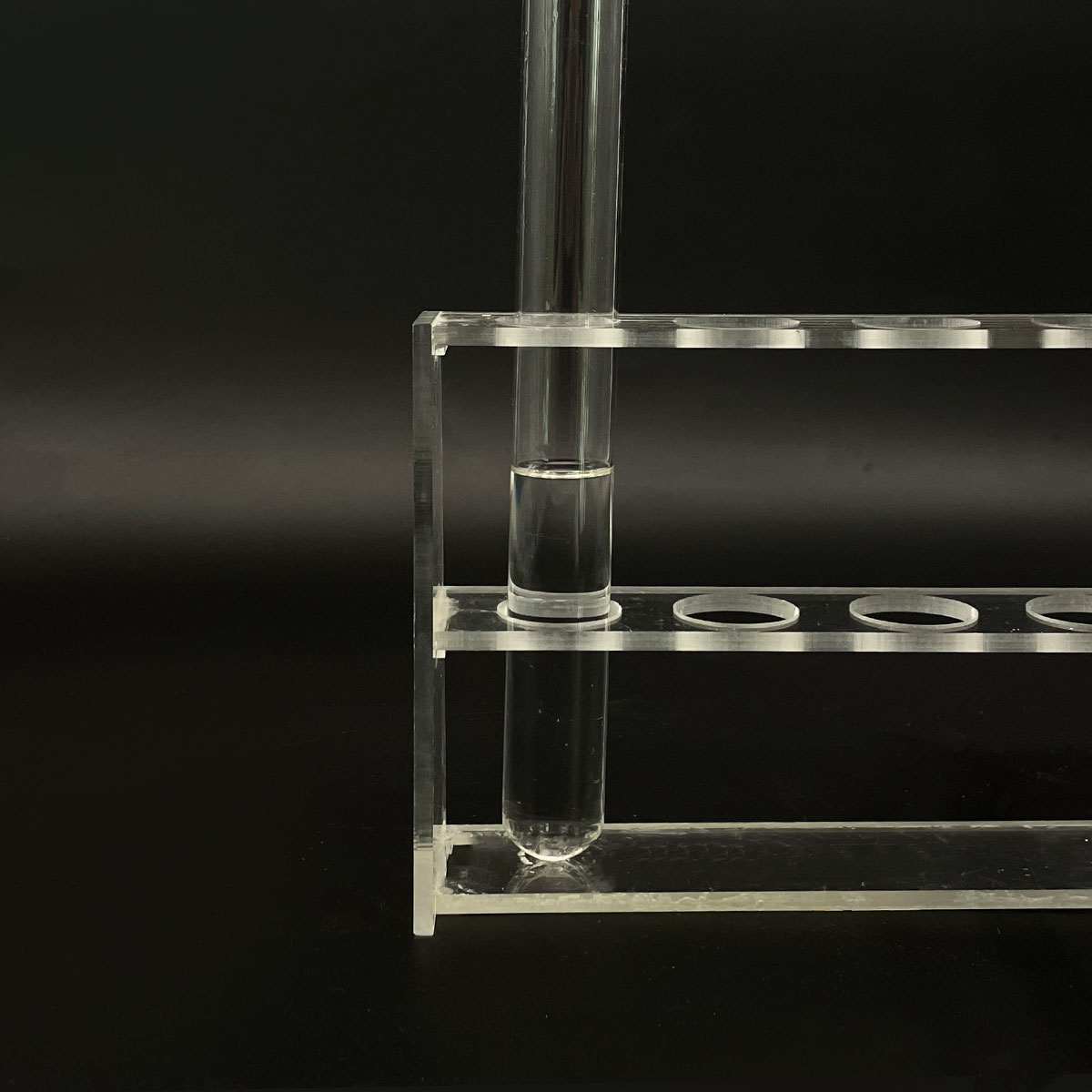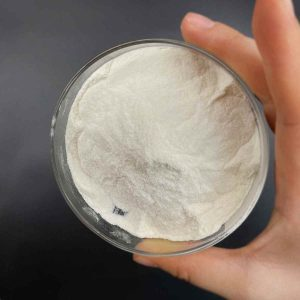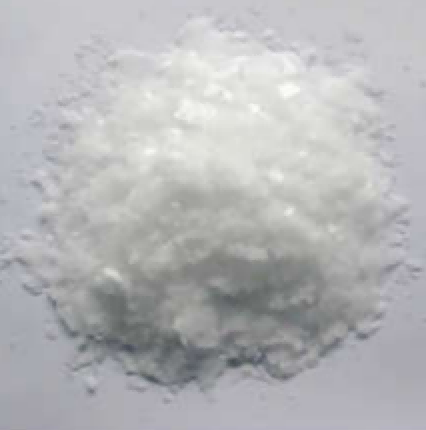1. Introduction
Just 24 hours ago, the U.S. Environmental Protection Agency (EPA) announced a fast-track review for next-generation herbicide adjuvants that reduce chemical runoff while improving efficacy—spotlighting surfactants like sodium lauryl sulfate (SLS) in eco-conscious weed control. While most consumers associate SLS with shampoos and toothpaste, its role as a powerful anionic surfactant is gaining traction in precision agriculture, especially in formulations targeting glyphosate-resistant weeds.

This article dives into the niche but impactful use of sodium lauryl sulfate in advanced herbicide systems—where its wetting, emulsifying, and penetration-enhancing properties make it a go-to additive for modern agrochemical formulators.
2. Why Surfactants Matter in Herbicides
The meaning of surfactant—surface-active agent—is key to understanding its agricultural value. Surfactants lower the surface tension of spray solutions, allowing them to spread evenly over leaf surfaces instead of beading up and rolling off. This is especially critical for plants with waxy or hairy cuticles, like lambsquarters or pigweed, which naturally repel water-based herbicides.
Without a surfactant, even the most potent weed killer may fail to penetrate the plant’s defenses. That’s where sodium lauryl sulfate steps in—not just as a cheap filler, but as a performance booster that ensures active ingredients like glyphosate or glufosinate reach their target.
3. Sodium Lauryl Sulfate in Herbicide Formulations
Sodium lauryl sulfate (also known as sodium dodecyl sulfate or SLS sodium lauryl sulfate) is an anionic surfactant prized for its strong wetting and foaming capabilities. In herbicide blends, it acts as a lawn wetting agent and wetting agent for grass, helping droplets adhere to and spread across foliage.

Unlike non-ionic surfactants such as polysorbate 80 or ethoxylated alcohols, SLS carries a negative charge, which enhances its interaction with plant cell membranes. This anionic property allows it to disrupt lipid barriers more effectively than many nonionic surfactant alternatives.
- SLS improves rainfastness—reducing wash-off after application
- It boosts uptake of systemic herbicides into plant vascular systems
- It’s compatible with a wide pH range, making it versatile in tank mixes
4. How SLS Compares to Other Surfactants
While methylated seed oil (MSO) is popular for post-emergent weed control, it’s often too oily for certain crops or environmental conditions. In contrast, sodium lauryl sulfate offers a water-soluble, fast-acting alternative that doesn’t leave heavy residues.
Compared to bio surfactants like decyl glucoside, coco glucoside, or sodium cocoyl glutamate, SLS is more cost-effective and delivers faster wetting—though it’s less biodegradable. Meanwhile, amphoteric surfactants like cocamidopropyl betaine (also called coco betaine or amidopropyl betaine) offer mildness but lack the aggressive spreading power needed for tough weeds.
Cationic surfactants such as cetyl trimethyl ammonium bromide (CTAB) or cetyltrimethylammonium bromide are rarely used in herbicides because they can bind to and deactivate anionic herbicide molecules. This highlights why anionic and cationic surfactants must be carefully matched—or avoided together—in agrochemical design.

5. Real-World Use: SLS in Tank Mixes and Commercial Products
Farmers and landscapers often add sodium lauryl sulfate for sale products directly to their spray tanks as a standalone adjuvant. Typical rates range from 0.25% to 1% by volume—roughly 1–4 ounces per gallon of water—depending on weed species and environmental conditions.
Major agrochemical suppliers, including specialized firms like Rohit Surfactants Private Limited, now offer SLS-based blends optimized for herbicide synergy. These formulations may combine SLS with sodium lauryl ether sulfate (also called sodium lauryl ether sulphate or SLES) for enhanced foam stability, or with lignin sulfonate to improve suspension of solid actives.
Notably, SLS is also being tested alongside fluoro surfactants and sodium deoxycholate in experimental bioherbicide systems, where rapid leaf penetration is critical for organic-certified solutions.
6. Safety, Sustainability, and Future Trends
Despite its effectiveness, sodium lauryl sulfate isn’t without controversy. Its aquatic toxicity means runoff must be managed carefully—especially near waterways. However, newer encapsulation technologies are minimizing environmental exposure while preserving performance.
Looking ahead, researchers are blending SLS with greener alternatives like alkyl polyglucoside or sodium lauroyl sarcosinate to balance efficacy and eco-profile. The goal? A surfactant for herbicides that’s as tough on weeds as it is gentle on ecosystems.
7. Conclusion
Sodium lauryl sulfate may be best known as sls sodium in your shampoo, but its role as a high-performance surfactant for weed killer is transforming modern agriculture. By enabling better coverage, faster uptake, and stronger adhesion, SLS helps farmers combat resistant weeds with less chemical waste. As regulatory pressure mounts for sustainable farming, expect to see smarter, hybrid surfactant systems—where classic anionic workhorses like sodium lauryl sulfate share the stage with next-gen bio surfactants.
Our Website founded on October 17, 2012, is a high-tech enterprise committed to the research and development, production, processing, sales and technical services of ceramic relative materials such as How. Our products includes but not limited to Boron Carbide Ceramic Products, Boron Nitride Ceramic Products, Silicon Carbide Ceramic Products, Silicon Nitride Ceramic Products, Zirconium Dioxide Ceramic Products, etc. If you are interested, please feel free to contact us.


